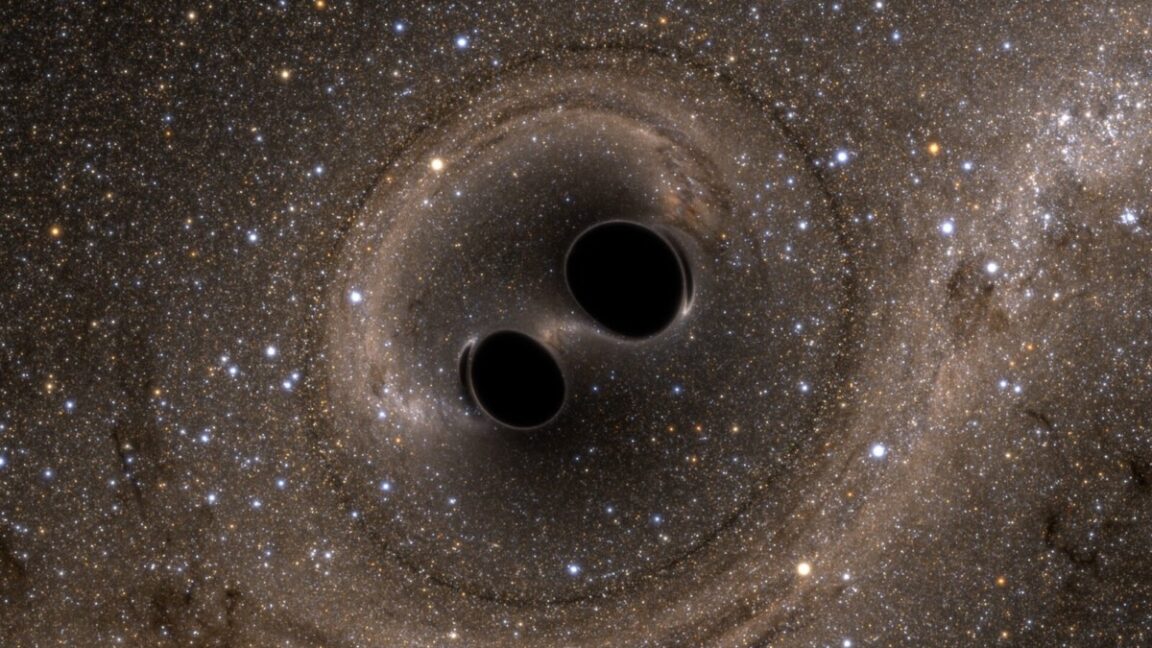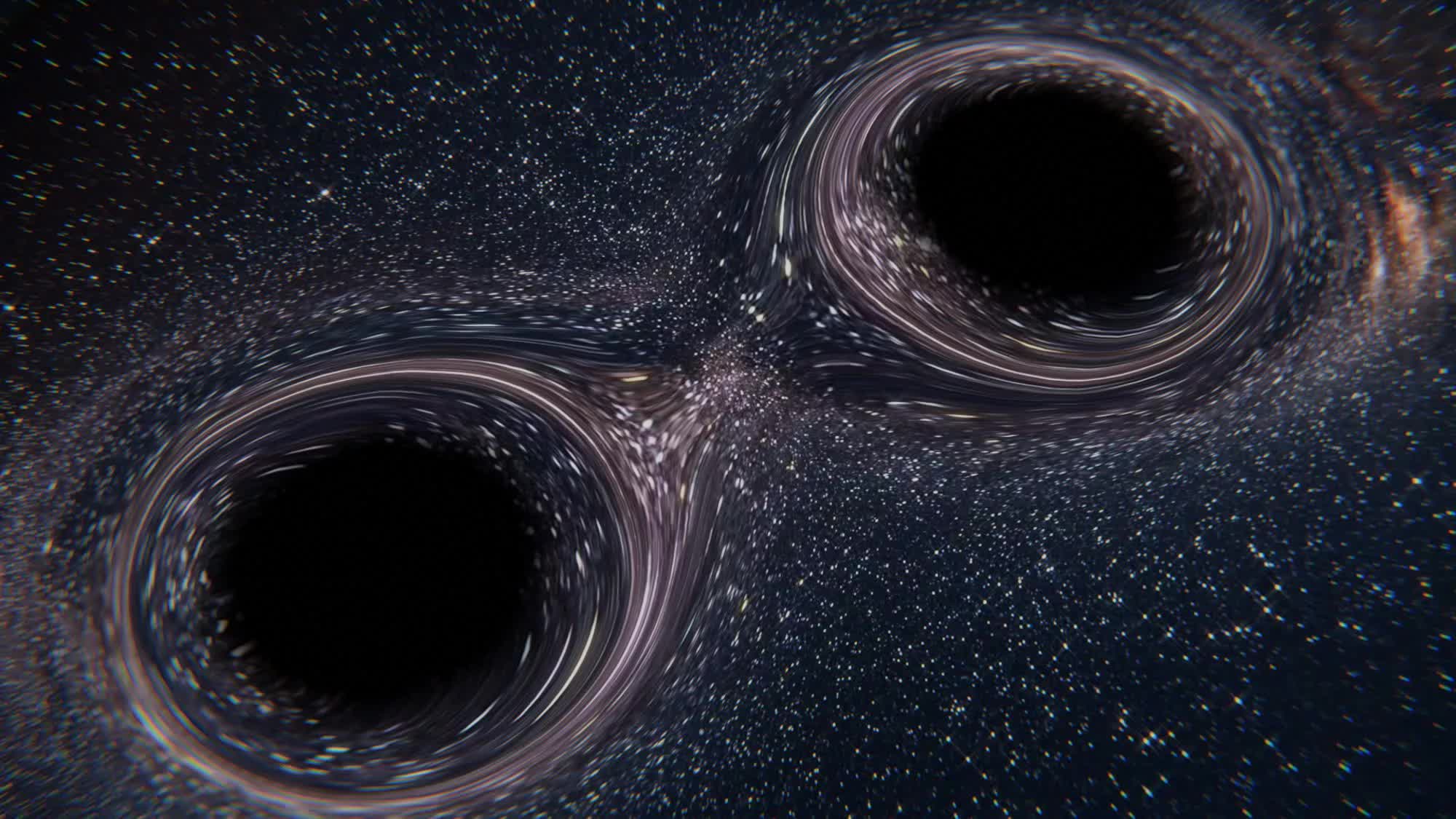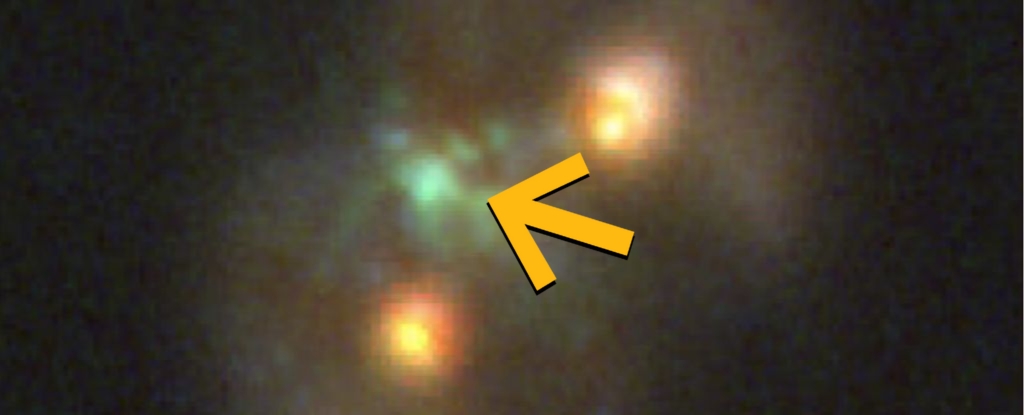T4K3.news
Largest black hole merger detected by LIGO-Virgo-KAGRA
LIGO-Virgo-KAGRA reports discovery of a black hole merger approximately 225 times the mass of our sun.

A significant detection of a black hole merger marks a milestone in gravitational wave research.
LIGO-Virgo-KAGRA detect largest black hole merger ever
The LIGO-Virgo-KAGRA Collaboration has found the merger of the largest black holes recorded, producing a new black hole about 225 times the mass of the sun. This event, classified as GW231123, was detected on November 23, 2023, during the fourth observing run. LIGO, which made its first detection in 2015, collaborated with Virgo and KAGRA to observe more than 200 black hole mergers this round. The previous record for mass was 140 solar masses in the 2021 GW190521 merger. The latest merger challenges existing theories about black hole formation, particularly for such massive entities that do not fit standard models of stellar evolution.
Key Takeaways
"This is the most massive black hole binary we've observed through gravitational waves."
Mark Hannam emphasizes the significance of this black hole merger for astrophysics.
"This observation once again demonstrates how gravitational waves are uniquely revealing the fundamental and exotic nature of black holes throughout the universe."
Dave Reitze discusses the implications of the GW231123 event.
"The black holes appear to be spinning very rapidly—near the limit allowed by Einstein's theory of general relativity."
Charlie Hoy highlights the challenges in modeling the merger's intricacies.
"Exciting times ahead!"
Gregorio Carullo reflects on the ongoing research required to fully understand the GW231123 signal.
This groundbreaking detection not only sets a new record but also opens discussions on the formation of such massive black holes. The fact that these black holes appear to be rapidly spinning adds another layer of complexity to current models. As researchers work to unravel the implications of GW231123, this discovery signals a vital evolution in our understanding of the cosmos and the nature of black holes. The push for improved observational tools could lead to even more unexpected findings in the future.
Highlights
- This merger challenges everything we know about black hole formation.
- We are on the edge of understanding how black holes like this form.
- The universe keeps surprising us with its complexity and mystery.
- Gravitational waves are revealing the secrets of the cosmos.
Scientific implications and public interest
The detection of this black hole merger raises questions about our understanding of black holes and could lead to public interest and scrutiny regarding scientific theories.
The full implications of this discovery may unfold in the coming years, highlighting the importance of ongoing research in gravitational wave astronomy.
Enjoyed this? Let your friends know!
Related News

Massive black hole merger discovered

Record black hole merger detected by LIGO team

LIGO detects groundbreaking black hole merger

LIGO makes significant black hole discovery amid budget cuts

James Webb Space Telescope unveils ancient galaxies

Astronomers capture first evidence of supermassive black hole formation

Astronomers observe second flare from same black hole

Astronomers capture birth of supermassive black hole
